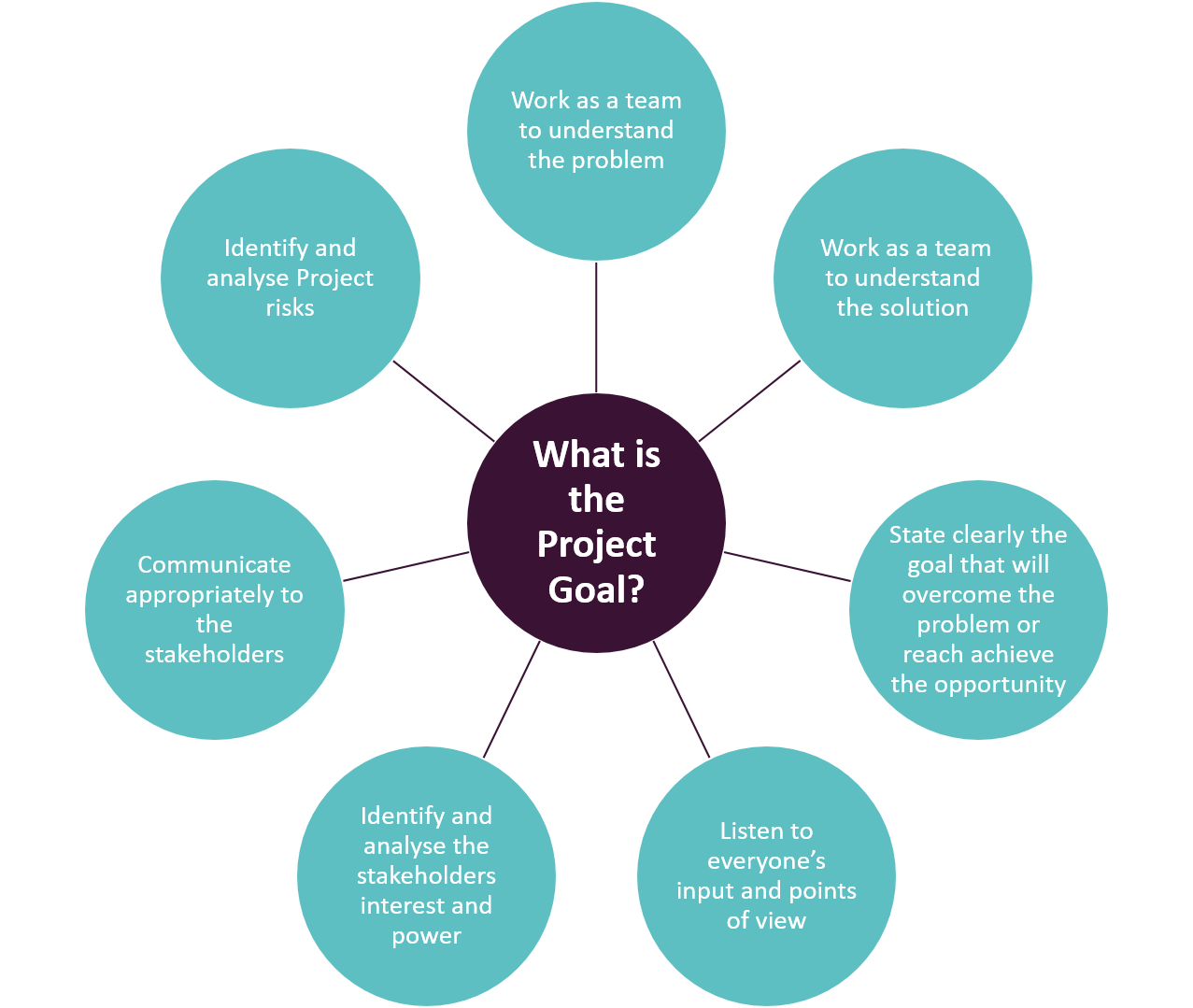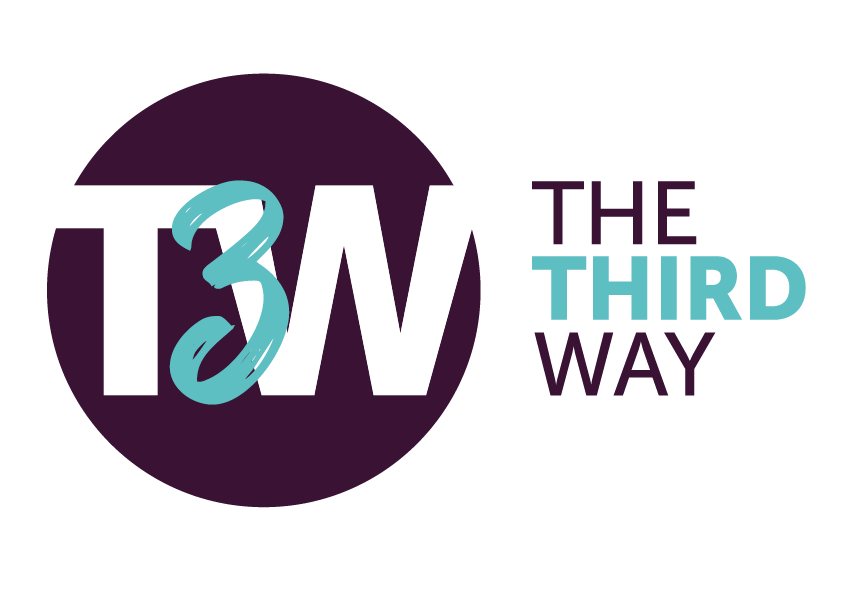What is the End in Mind?
Projects succeed when there is a clear end in mind, a shared purpose for all to see, to buy into and to contribute success to. Communicating the end in mind or the project goal is essential in obtaining buy-in from project team members and stakeholders.

There are four stages to a project according to both the DPIC and DPIE models. The stages are as follows and the end in mind is the achievement of outputs (deliverables) and outcomes. In addition, the end is a time to both evaluate and celebrate!
Defining: The first stage of PM, where formalizing of the project plan, charter and scope are defined so as to determine the cost, resources, timeline, and budgeting for the project.
Planning: The most crucial stage of all, this stage includes strategist the scope of a project, identifying risks, if any, and developing mitigation plans by creating a set of tasks to administer the project.
Implementation: This is a stage where the project team is ready to launch or administer the project. The tasks are delegated and resumed so as to keep track of the project and efficiently manage the same. This stage includes the processes of ‘initiation’ and ‘monitoring’ and ‘acting’ if necessary to ensure the project is on track.’
Evaluation: At the final stage, evaluation of project performance is undertaken by comparing the real-time results to the defined actuals so as to ensure all the goals and deliverables are met.
Closure: The last stage of a project where deliverables are surrendered to the customers/ clients, forwarding of documents to the business/ sponsor, the release of resources, and notifying the closure of the project to the stakeholders are carried out.
Additional Reading

